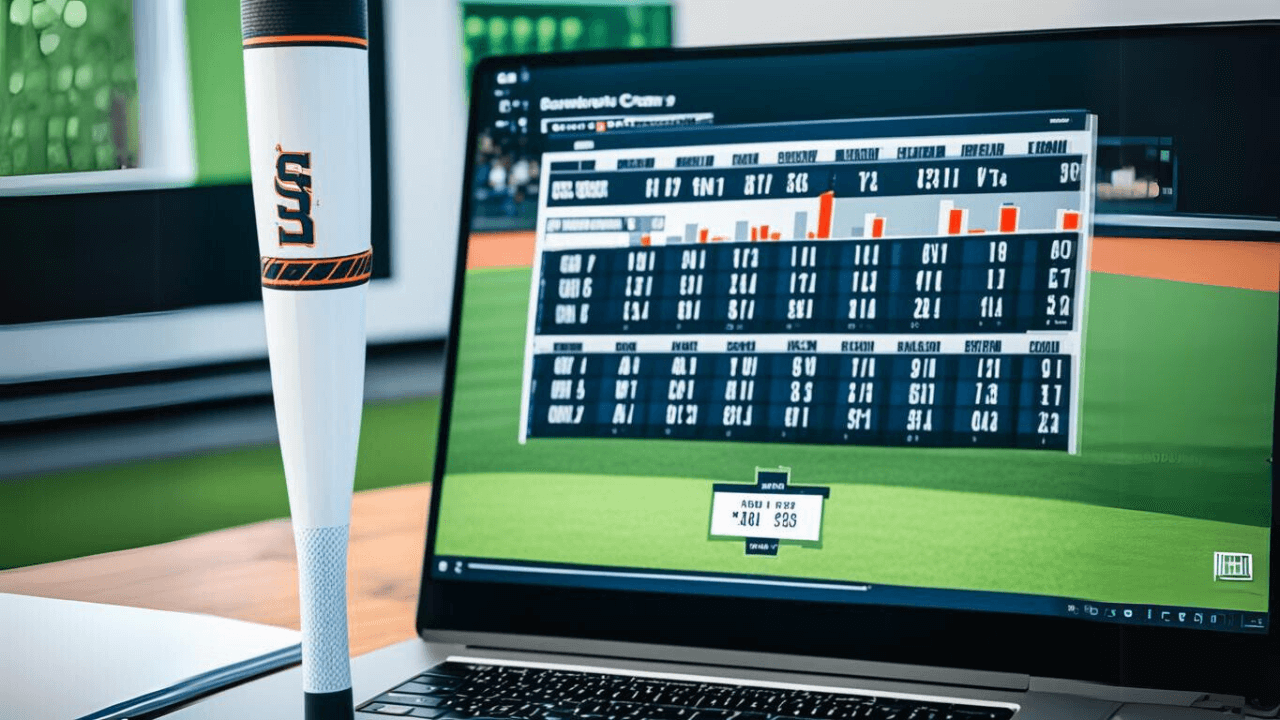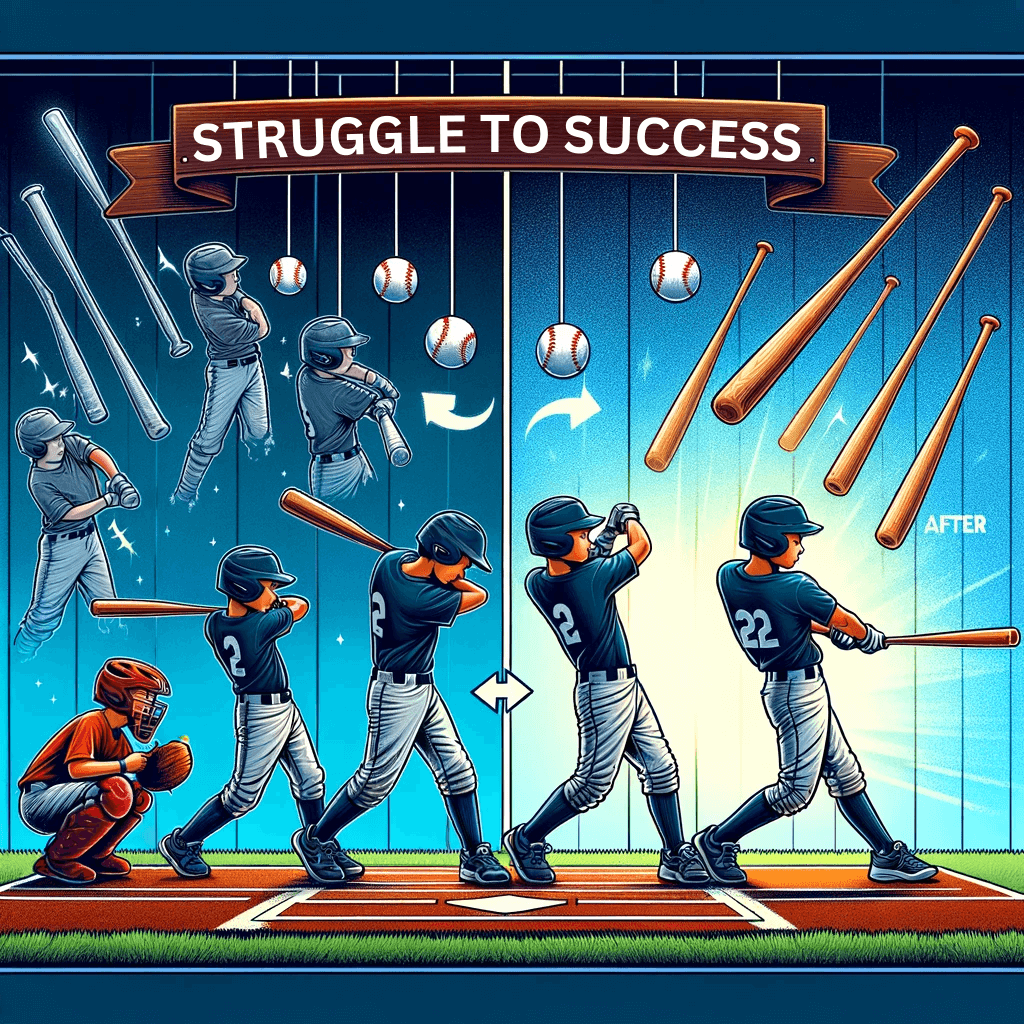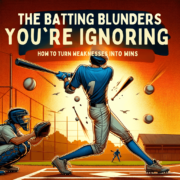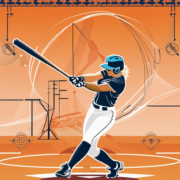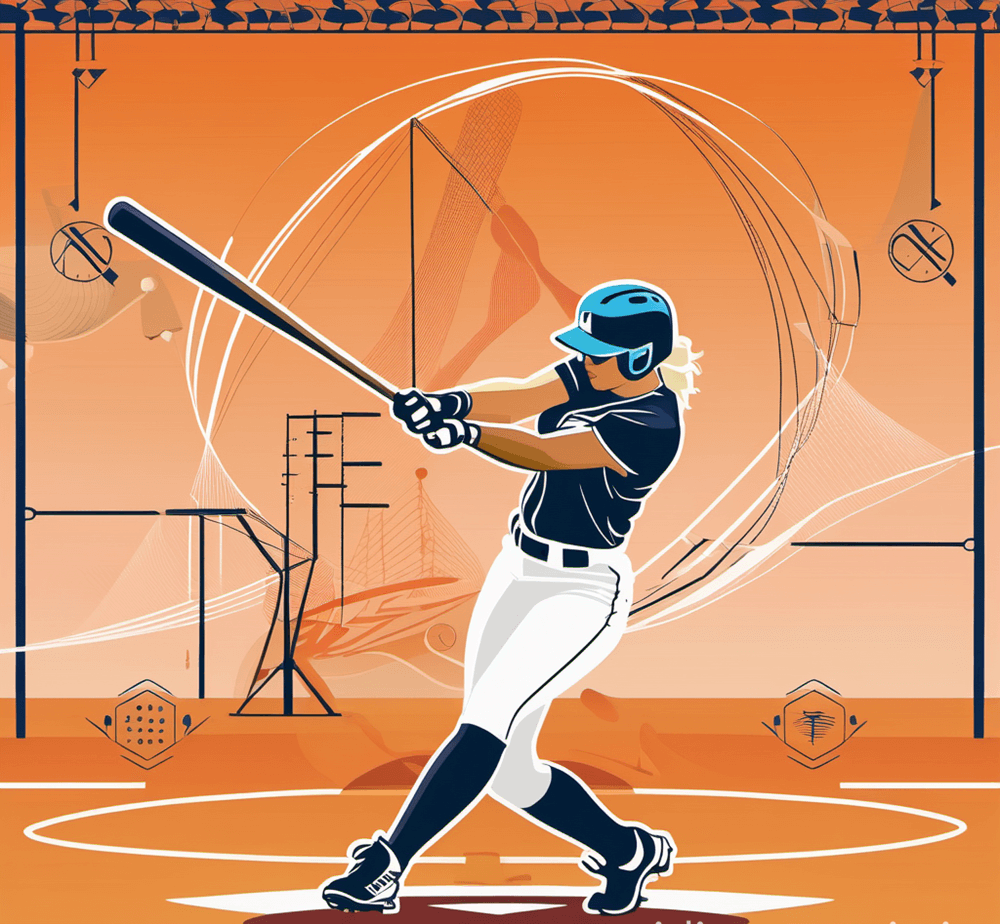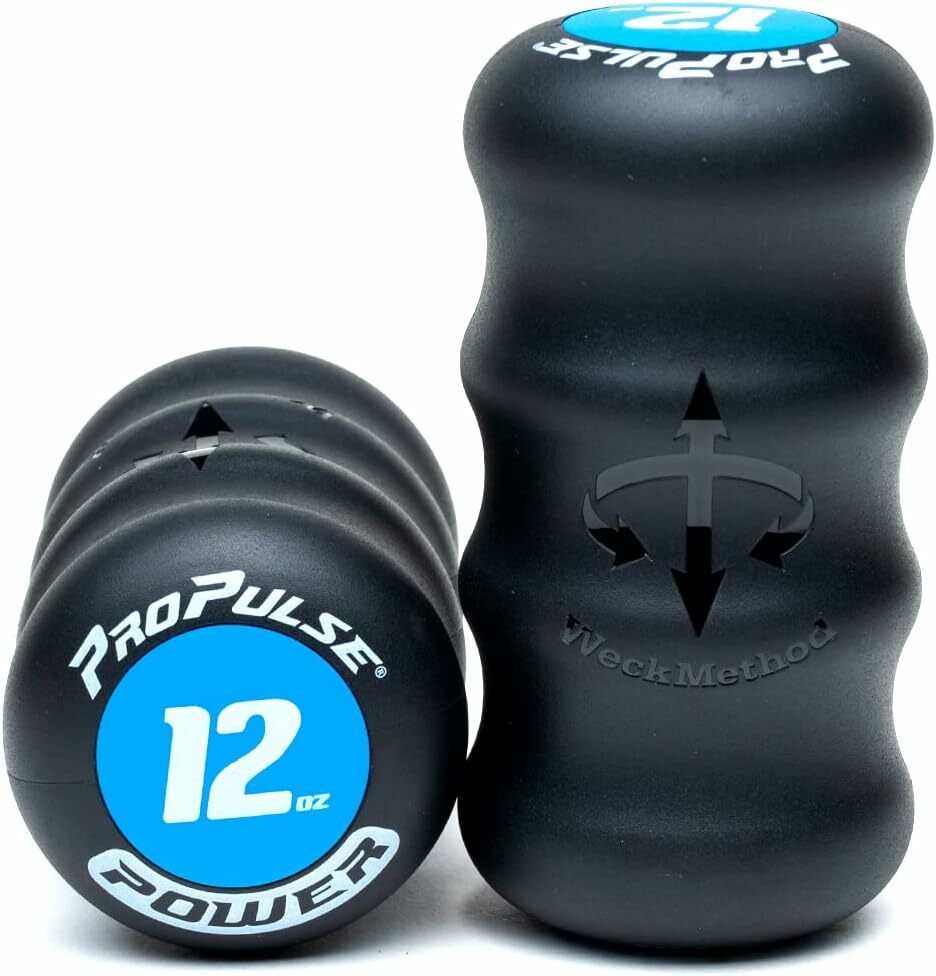
Boosting Baseball Speed: The Unconventional Tool You Need Right Now
Are you a baseball or softball parent or coach looking to boost your players’ speed on the field? If so, you’re in the right place! Today, we’re diving deep into the ProPulse® Speed Trainers by WeckMethod—a revolutionary tool designed to significantly enhance running speed and agility. Whether you’re gearing up for the next season or looking for a competitive edge, read on to discover how ProPulse® Speed Trainers can take your players’ game to the next level.
Overview of ProPulse® Speed Trainers
The ProPulse® Speed Trainers are not just ordinary hand weights. These innovative tools combine audible feedback and dynamic shifting weight to improve speed, timing, and overall athletic performance. They’re perfect for baseball and softball players looking to enhance their sprinting technique, stride length, and explosive power. Let’s delve into the features and benefits of these trainers and see how they can help elevate your athletic performance.
Key Features and Benefits
ProPulse® Speed Trainers are packed with features that make them an essential part of any baseball or softball training regimen:
- Audible Feedback: The built-in sound feature helps athletes maintain rhythm and timing during drills, leading to better cadence and stride. This is crucial for developing consistent running patterns and improving overall speed.
- Dynamic Resistance: The shifting weight inside the trainers engages muscles more intensely, boosting power and quickness. This resistance mimics real-life conditions and makes workouts more effective.
- Ergonomic Design: Comfortable and easy to use, these trainers fit perfectly in hand, ensuring they can be used for extended periods without discomfort. This design ensures that players can train longer and more efficiently.
- Versatile Training: Ideal for a variety of exercises, from running and sprint drills to conditioning and agility workouts. The trainers can be incorporated into different aspects of training, making them highly versatile.
Pros and Cons
Pros:
- Maximizes speed and quickness.
- Enhances coordination, balance, and grip strength.
- Suitable for various training applications, including boxing and physical therapy.
- Adjustable weight for tailored workouts.
Cons:
- Proprietary app required for advanced features.
- May take time to get used to the dynamic resistance.
- Not designed for heavy lifting.
How ProPulse® Speed Trainers Work
For baseball and softball players, the ProPulse® Speed Trainers are game-changers. They target the muscles and movements essential for sprinting and running speed. By incorporating resistance and sound feedback, these trainers make workouts more effective and engaging.
The audible feedback helps athletes maintain a consistent rhythm and cadence, which is critical for improving running efficiency. The dynamic shifting weight inside the trainers adds an element of resistance that enhances muscle engagement, promoting quicker and more powerful movements.
Incorporating ProPulse® Speed Trainers into Training
To get the most out of ProPulse® Speed Trainers, integrate them into specific drills and exercises*. Here are a few suggestions:
- Speed Drills: Use the trainers during sprint drills to improve acceleration and stride length. For instance, have athletes run short sprints with the trainers to build explosive speed.
- Agility Workouts: Incorporate them into agility exercises to enhance quickness and reaction times. Drills like ladder drills or cone drills can be made more challenging and effective with the addition of ProPulse® Speed Trainers.
- Strength Training: Combine with other equipment like dumbbells and resistance bands for a comprehensive workout. Using the trainers in conjunction with traditional strength training exercises can help improve overall athletic performance.
(*With ProPulse® Speed Trainers, gain access to comprehensive training and workout videos. From basic drills to advanced techniques, these resources provide everything needed to improve speed, timing, and overall performance.)
Detailed Drill Suggestions
1. Sprint Drills:
- Short Sprints: Have players perform 10-20 yard sprints with the trainers. The added resistance will help improve acceleration and stride efficiency.
- Hill Sprints: Running uphill with ProPulse® Speed Trainers can further enhance power and explosiveness.
2. Agility Drills:
- Ladder Drills: Perform various ladder drills with the trainers to improve foot speed and coordination. Focus on quick, precise movements.
- Cone Drills: Set up cones in various patterns and have players navigate through them while holding the trainers. This helps improve change of direction and agility.
3. Strength Drills:
- Resistance Band Sprints: Attach resistance bands to a fixed point and have players sprint against the resistance while holding the trainers. This drill enhances both speed and strength.
- Plyometric Exercises: Incorporate the trainers into plyometric exercises like jump squats or box jumps to build explosive power.
Real-Life Success Stories
The effectiveness of ProPulse® Speed Trainers is best illustrated through real-life success stories. Many athletes have experienced significant improvements in their performance after incorporating these trainers into their routines.
“These empower the body to work more efficiently…I can explode more efficiently and feel more powerful.” ★★★★★ Jordan Burroughs, 4x Team USA Wrestling Olympic Gold Medalist
“The ProPulse® Speed Trainers make me feel more powerful with every step.” ★★★★★ Jerome Avery, 4X Team USA Paralympic Medalist
“This tool helps me develop hand speed and efficiency with my movement, but continue to be explosive.” ★★★★★ Giovanni Santillan, Professional Boxer (26-0)
Case Study: High School Baseball Team
A high school baseball team integrated ProPulse® Speed Trainers into their off-season training program. Over a period of three months, the team saw noticeable improvements in their overall speed and agility. Players reported faster sprint times and improved base-stealing capabilities. The audible feedback feature helped them maintain consistent running form, leading to better performance during games.
Testimonial: Youth Softball Player
A youth softball player, looking to improve her running speed for tryouts, began using ProPulse® Speed Trainers. Within weeks, she noticed a significant improvement in her sprinting speed and overall agility. She was able to cover more ground in the outfield and steal bases more effectively, giving her a competitive edge during tryouts.
Why ProPulse® Speed Trainers Stand Out
There are numerous speed training tools on the market, but ProPulse® Speed Trainers stand out for several reasons:
- Innovative Design: The combination of audible feedback and dynamic shifting weight is unique to ProPulse® Speed Trainers, making them highly effective for improving speed and agility.
- Versatility: These trainers can be used for a variety of sports and exercises, making them a valuable addition to any athlete’s training regimen.
- Ease of Use: The ergonomic design ensures that athletes can use the trainers comfortably for extended periods, maximizing their training sessions.
Expert Tips for Maximizing Results
To get the best results from ProPulse® Speed Trainers, follow these expert tips:
- Consistency is Key: Regular use of the trainers will yield the best results. Incorporate them into your training routine at least 3-4 times a week.
- Focus on Form: Pay attention to your running form while using the trainers. The audible feedback feature will help you maintain a consistent rhythm and cadence.
- Combine with Other Training: Use the trainers in conjunction with other speed and strength training exercises to maximize your overall athletic performance.
Conclusion
Incorporating ProPulse® Speed Trainers into your training routine is a surefire way to boost your players’ running speed and overall performance on the field. These trainers offer a unique combination of audible and dynamic feedback that enhances speed, agility, and coordination. Whether you’re a coach looking to improve your team’s speed or a parent wanting to give your child an edge, ProPulse® Speed Trainers are a must-have.
By investing in ProPulse® Speed Trainers, you’re not just buying a product—you’re making a commitment to better performance and success on the baseball or softball field. Don’t wait; start training with ProPulse® Speed Trainers today and see the difference for yourself!




